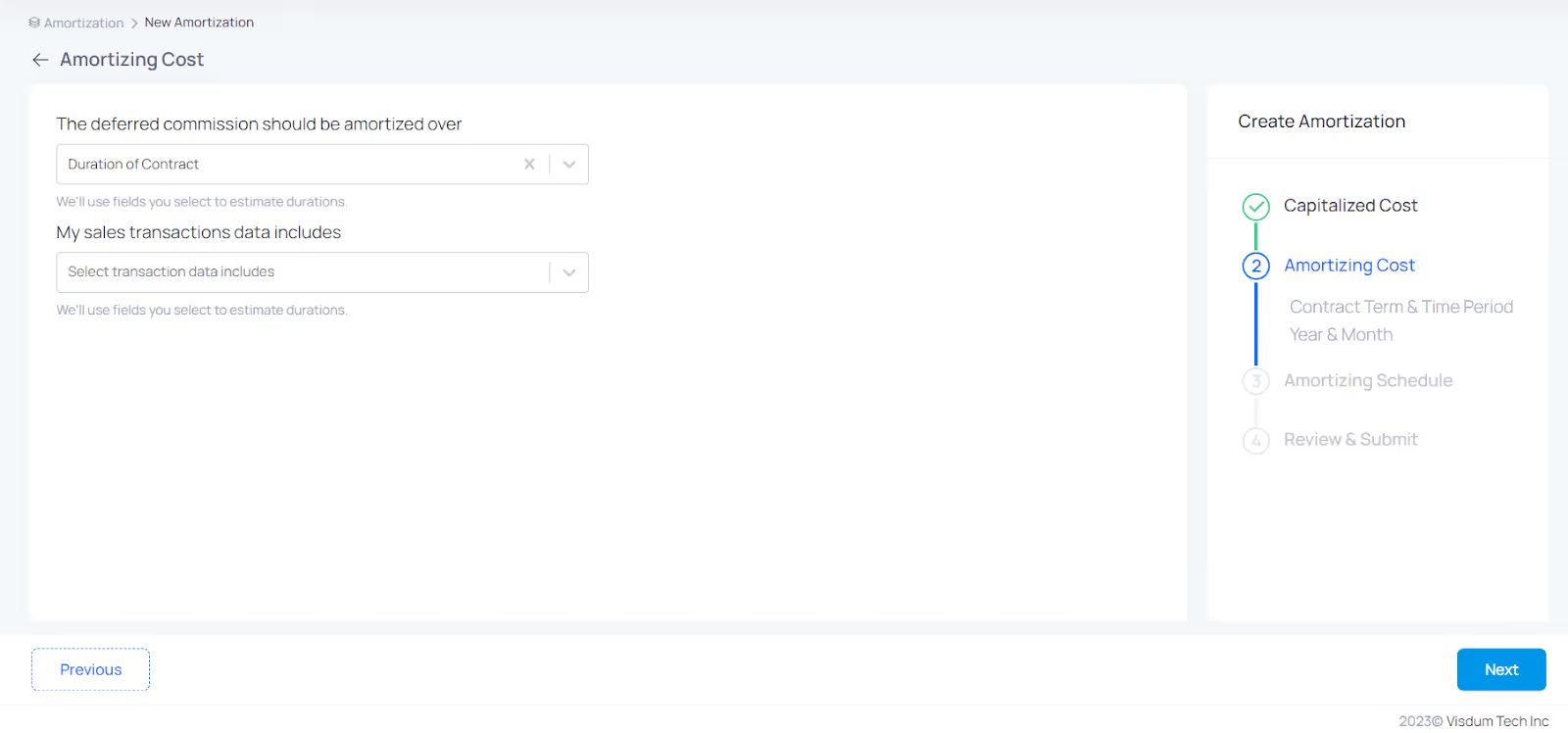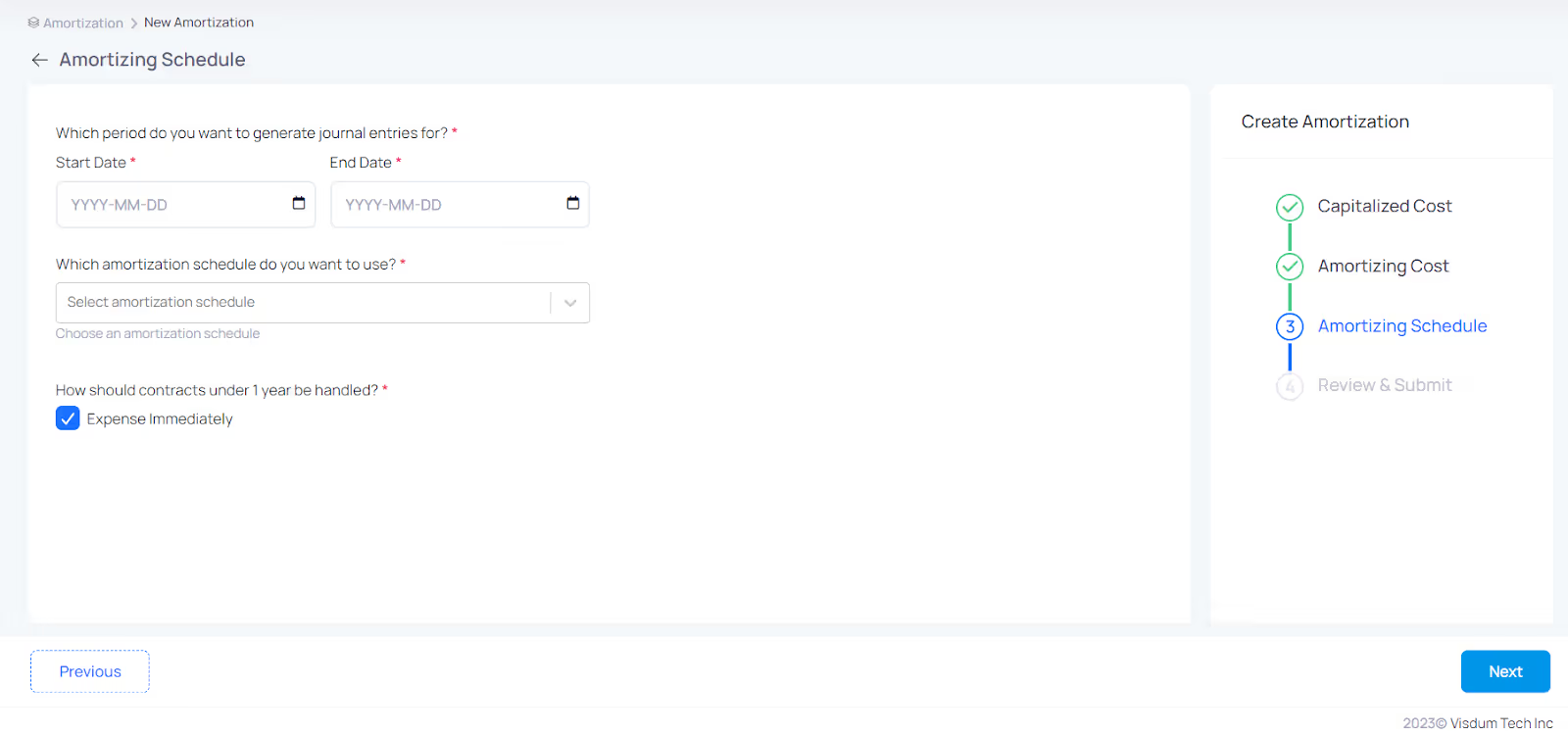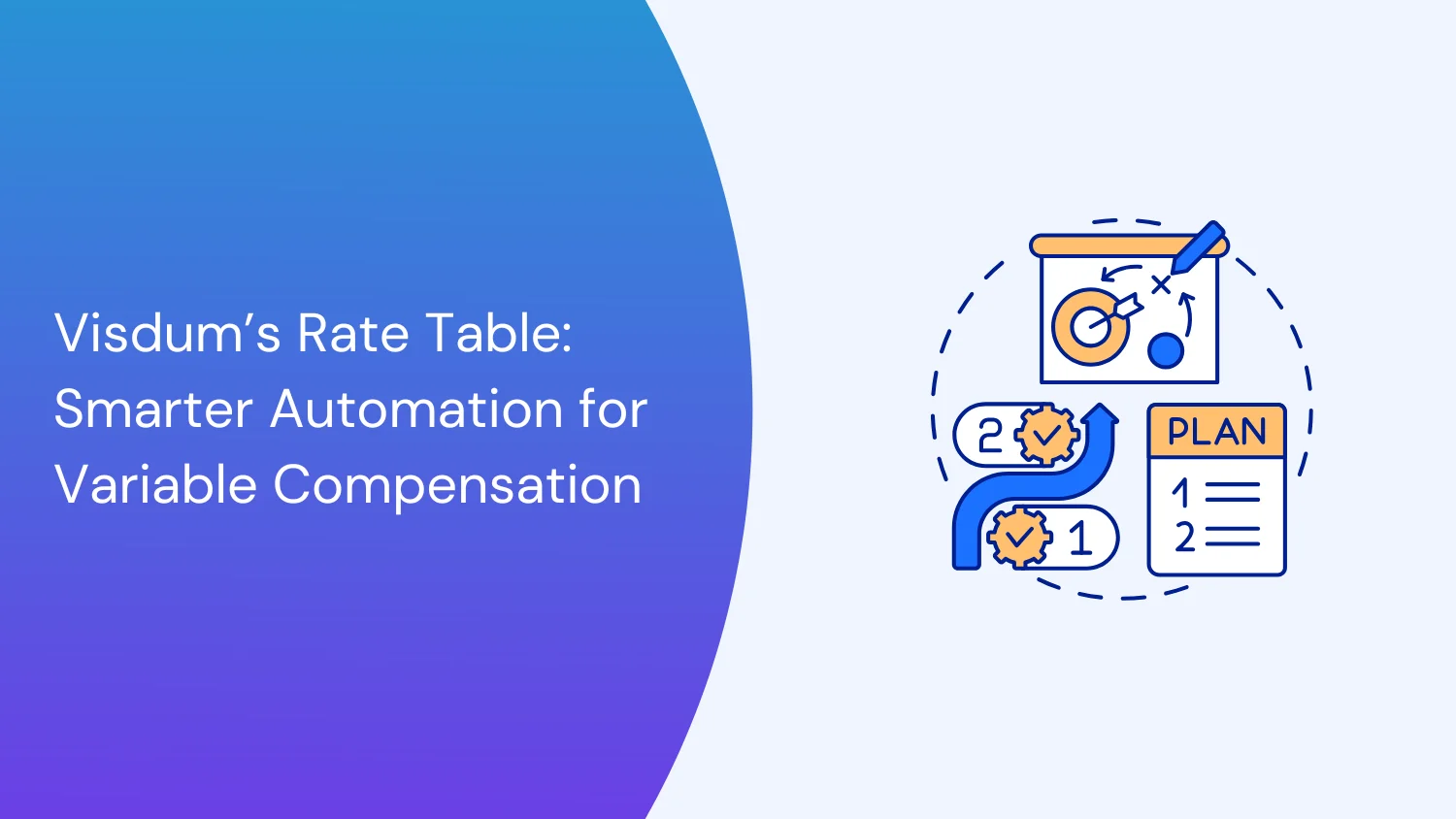The Essential Guide to ASC 606 Revenue Recognition in 2025

What is ASC 606 Revenue Recognition?
Legal compliance and standardization of reporting is a huge hassle as businesses grow. Maintaining clean accounts, hence, is a job full of possibilities to make mistakes.
To combat this, the FASB (Financial Accounting Standards Board) has issues the Accounting Standards Codification (ASC) that outlines financial accounting and treatment under various scenarios and for various items.
ASC 606 is a revenue recognition standard issued by the FASB for all US GAAP (Generally Accepted Accounting Principles) reporting companies. It outlines the principles for recognizing revenue from contracts with customers.
This (not so) new standard requires companies to recognize revenue based on the transfer of control of goods or services to customers, rather than based on the timing of cash receipts. Companies can do that through a 5-step process for revenue recognition, which has been covered below.
Before that, let's understand how ASC 606 affects SaaS companies.
How does ASC 606 Revenue Recognition work for SaaS companies?
For SaaS companies, the impact of ASC 606 is significant, as it requires companies to take a more detailed look at their customer contracts and the way they deliver their products or services to customers. As the revenue is recurring and periodic, and the obligation is continuous, SaaS makes it difficult to determine an exact point in time to recognize revenue.
For just the subscription revenue, SaaS companies can recognize it monthly when the subscription payment rolls in and services or goods for that month have been delivered. However, there are other revenue items for SaaS companies as well.
In particular, SaaS companies need to pay close attention to how they recognize revenue for contracts with multiple performance obligations, such as providing ongoing support and maintenance services. For example, sales commissions are considered contract costs and fall within the scope of ASC 606. To learn more about how ASC 606 impacts Sales Commissions Accounting, check out this detailed ASC 606 guide.
Compliance with ASC 606 helps provide transparency and consistency in financial reporting across different industries, including the dynamic landscape of SaaS.
.avif)
How can SaaS companies comply with ASC 606?
To comply with ASC 606, there are 5 key steps that a SaaS company should take:

- Identify customer contracts: Review your existing contracts and determine which ones fall under the scope of ASC 606.
- Identify performance obligations: Determine the individual goods or services that are being provided to the customer under each contract, and evaluate whether they are distinct or should be combined.
- Determine the transaction price: Calculate the total amount of consideration that you expect to receive from the customer under the contract.
- Allocate the transaction price: Allocate the transaction price to each performance obligation based on its standalone selling price.
- Recognize revenue: Recognize revenue when or as you satisfy each performance obligation.
Let’s take a closer look at each one of these steps.
Step 1: Identify customer contracts
The first step is to identify the contract with the customer that falls under ASC 606, which is an agreement between the company and the customer that creates enforceable rights and obligations.
To determine whether a contract falls within the scope of ASC 606, consider the following criteria:
- The contract must be between your company and a customer.
💡Example: Your SaaS company enters into a contract with a customer to provide cloud-based software for a monthly subscription fee. - The contract must have commercial substance, meaning that the contract is expected to result in a change in your company's cash flows
💡Example: No Commercial Substance- Your SaaS company enters into a contract with a customer to provide a one-time training session on how to use the software. The training session has a price, but it does not have commercial substance because it is not expected to result in a change in your company's cash flows. - The contract must be enforceable, meaning that both your company and the customer can enforce the terms of the contract.
💡Example: Your SaaS company enters into a contract with a customer that includes penalties for non-performance by either party. The contract is enforceable because both parties can enforce the terms. - The contract must include identifiable performance obligations, which are promises to transfer goods or services to the customer.
💡Example: Your SaaS company enters into a contract with a customer to provide software and customer support services for a monthly fee. The software and customer support services are identifiable performance obligations because they are promised in the contract. - The contract must have a transaction price that is determined or determinable.
💡Example: Your SaaS company enters into a contract with a customer to provide software and customer support services for a monthly fee of $100. The transaction price is determined because it is specified in the contract.
Step 2: Identify performance obligations
The second step is to identify the performance obligations in the contract, which are the promises to transfer goods or services to the customer. This is the most crucial perhaps, since it is for this obligation that the customer is paying you.
To identify performance obligations under a contract, you will need to analyze the terms of the contract and assess whether each promised good or service is distinct.
Let's say your SaaS company enters into a contract with a customer to provide access to your software platform, along with training and technical support services.
The contract specifies that the customer will pay $10,000 for a one-year subscription to the software platform, along with $2,000 for training services and $3,000 for technical support services.
To identify the performance obligations under this contract, you would first need to identify the promised goods or services. In this case, the promised goods or services are:
- Access to the software platform
- Training services
- Technical support services
Next, you would need to evaluate whether each promised good or service is distinct. Access to the software platform is likely to be distinct because the customer can benefit from it on its own. However, training and technical support services may not be distinct, because they are provided in conjunction with the software platform and are necessary for the customer to effectively use the platform.
Therefore, you may need to combine the training and technical support services with the software platform to create a distinct performance obligation. This would involve determining the extent to which the training and technical support services are interdependent with the software platform and whether the customer could obtain the same benefit from the software platform without the services.
Step 3: Determine the transaction price
The third step is to determine the transaction price, which is the amount of consideration that the company expects to receive in exchange for transferring the promised goods or services to the customer.
Let's say your SaaS company has signed a contract with a customer to provide access to your software for one year, and the contract includes the following terms:
- The contract price is $120,000.
- The customer is entitled to a 10% discount if they pay the full amount upfront.
- The customer is required to pay an additional fee of $5,000 if they exceed a certain number of users.
- The contract includes a financing component, and the payment terms allow the customer to pay in three equal installments over the year.
- There are no non-cash considerations or considerations payable to the customer.
To determine the transaction price, you need to consider all of the following:
A. Variable consideration: The contract includes a discount of 10% if the customer pays the full amount upfront. Since the discount is optional and depends on the customer's payment behavior, it is considered variable consideration.
You estimate the transaction price as follows:
Variable Consideration
Contract Price - (discount % * contract price) 120000 - (10%*120000) = $ 108,000
B. Time value of money: The contract includes a financing component that allows the customer to pay in three equal installments over the year. This creates a significant financing component that needs to be accounted for.
Assuming an interest rate of 5%, you estimate the transaction price as follows:
Time Value of Money
Present value / ( 1+ Interest rate %) $108,000 / ( 1+5%) =$102, 857.14
C. Non-cash consideration: There are no non-cash considerations in this contract.
D. The consideration payable to the customer: There is no consideration payable to the customer in this contract.
Step 4: Allocate the transaction price
The fourth step is to allocate the transaction price to the performance obligations identified in step 2 based on their relative standalone selling prices.
This would involve determining the standalone selling price of each distinct performance obligation, based on what the customer would be willing to pay for each obligation on a standalone basis.
In the example above, you also have to allocate the transaction price to the performance obligations: The transaction price of $102,857.14 is allocated to the single performance obligation, which is to provide access to the software for one year.
Step 5: Recognize Revenue
The fifth and final step is to recognize revenue as the company satisfies its performance obligations. This can be done either at a point in time or over time, depending on the nature of the goods or services being transferred to the customer.
It's important to note that under ASC 606, revenue is recognized when control of the promised goods or services is transferred to the customer. This is a shift from the previous revenue recognition standard, which recognized revenue based on the completion of various milestones.
As a SaaS company, you may have performance obligations that are satisfied over time, such as hosting or maintenance services. In this case, you would need to use a method to measure progress toward completion, such as the input method or the output method, to recognize revenue over time.
Suppose your SaaS company enters into a 1-year contract with a customer for a subscription service that costs $120,000 per year. Under the contract, the customer pays the entire $120,000 upfront.
Under ASC 606, your company cannot recognize all $120,000 as revenue upfront. Instead, your company must recognize revenue over the 1-year subscription period as the performance obligations are satisfied. Let's say your company has determined that the performance obligation is satisfied evenly over the subscription period, so you will recognize $10,000 of revenue each month for the duration of the contract.
For SaaS Finance & Revenue Operations professionals, it is imperative to understand the A to Z of ASC 606 SaaS Revenue Recognition. Head over to to this blog to see a detailed break-down each of the five steps with simple explanations and examples.
Moving Forward with ASC 606
The cost of not complying with ASC 606 can be significant and can impact a company's financial stability, regulatory compliance, customer relationships, and operational efficiency. As such, companies need to ensure that they comply with ASC 606 guidelines.
To comply with ASC 606, your SaaS company may need to make changes to your accounting policies and practices, such as revising your revenue recognition policies, modifying your contract management processes, and updating your financial reporting procedures. It's a hassle- but one worth it.
It’s important to ensure that your company’s systems and processes are aligned with the new standard to ensure accurate and timely compliance.
In addition, it’s important to work closely with your auditors and other financial advisors to ensure that your company is in compliance with the new standard and that any necessary adjustments are made to your financial statements.
ASC 606 is a complex standard, and it’s important to ensure that your company is following it correctly to maintain the integrity of your financial reporting.
Simplify Your SaaS Sales Commission Accounting with Visdum
Transform your approach to ASC 606 compliance with Visdum, a sales commission software tailored for SaaS sales commission accounting. Experience the ease of automation and accuracy that come with our intuitive features and seamless integrations.
Automate Your ASC 606 Sales Commission Accounting in Three Simple Steps:
- Select your dates: Choose the commission dates you need to process. Whether it's monthly, quarterly, or yearly, we've got you covered.

- Customize Your Criteria: Effortlessly group transactions and set specific criteria to exclude certain commissions, like those paid to business development and customer success teams. Gain control over what you capitalize on.

- Amortization Choices: Decide how you want to amortize commissions over the contract period or the estimated lifetime of the customer relationship. Read this extensive guide on to learn how SaaS Sales Commission Expensing & Amortization under ASC 606 works.

- Seamless Data Mapping: Easily map your data streams and generate comprehensive sales commission reports for full ASC 606 compliance.


Want to learn more about ASC 606 Revenue Recognition beyond SaaS? Here's a solid ASC 606 Revenue Recognition guide by Chargebee that you shouldn't miss out on.
If you want more information on SaaS Revenue Recognition, watch SaaS Finance expert Ben Murray break it down for you in less than 10 minutes here.
Are You Ready to Revolutionize Your Sales Commission Accounting?
With Visdum, you're not just complying with ASC 606; you're setting a new standard in efficiency and accuracy for your financial operations. Make the smart choice today and book a free consultation with our sales commissions specialists.
FAQs
What is ASC 606 in a nutshell?
ASC 606 is a standard for revenue recognition that provides guidelines for when and how companies should recognize revenue from customer contracts. It emphasizes identifying performance obligations, determining transaction prices, and recognizing revenue as obligations are fulfilled.
How do you recognize revenue under ASC 606?
ASC 606 recognizes revenue when a company fulfills promises to customers, transferring control of goods or services. It involves identifying contracts, determining prices, and recognizing revenue as obligations are met over time or at a specific point.
What is the rule 606 for Revenue Recognition?
ASC 606 is a revenue recognition standard that outlines when and how companies should recognize revenue from contracts with customers. It focuses on identifying performance obligations, determining transaction prices, and recognizing revenue as obligations are fulfilled.
What are the five steps in ASC 606 revenue framework?
The 5 steps in ASC 606 revenue recognition are: 1) Identify customer contracts - determine which agreements fall under ASC 606, 2) Identify performance obligations - pinpoint the specific goods/services promised, 3) Determine transaction price - calculate expected revenue from the contract, 4) Allocate transaction price - assign revenue amounts to each performance obligation, and 5) Recognize revenue - record revenue as obligations are fulfilled.
What are the 3 main conditions that require you to recognize revenues?
Recognize revenue under ASC 606 when three conditions are met: identifying the contract with the customer, determining the performance obligations, and establishing the transaction price. Recognition occurs as control of promised goods or services is transferred over time or at a specific point.
What are the 4 criteria for Revenue Recognition?
ASC 606 outlines five criteria for revenue recognition: identifying the contract with a customer, determining performance obligations, establishing the transaction price, allocating the price to obligations, and recognizing revenue when control of goods or services is transferred.
Is ASC 606 mandatory?
Yes, ASC 606 is mandatory for U.S. public companies and became effective in 2018. It standardizes revenue recognition practices to enhance comparability and accuracy in financial reporting. Non-public entities also follow these principles, adapting to their specific circumstances.
Who does ASC 606 apply to?
ASC 606 applies to all entities—public and private—that enter into contracts with customers to transfer goods or services. It aims to standardize revenue recognition practices across various industries, promoting consistency and transparency in financial reporting.
What is an example of revenue recognition?
An example of revenue recognition is a SaaS company recognizing subscription revenue monthly as customers receive access to its software. Revenue is recognized when control of the service is transferred over time.
Is ASC 606 part of GAAP?
Yes, ASC 606 is an integral part of Generally Accepted Accounting Principles (GAAP). It was issued by the Financial Accounting Standards Board (FASB) and is the standard revenue recognition guideline that all US GAAP reporting companies must follow.

.webp)

.webp)

